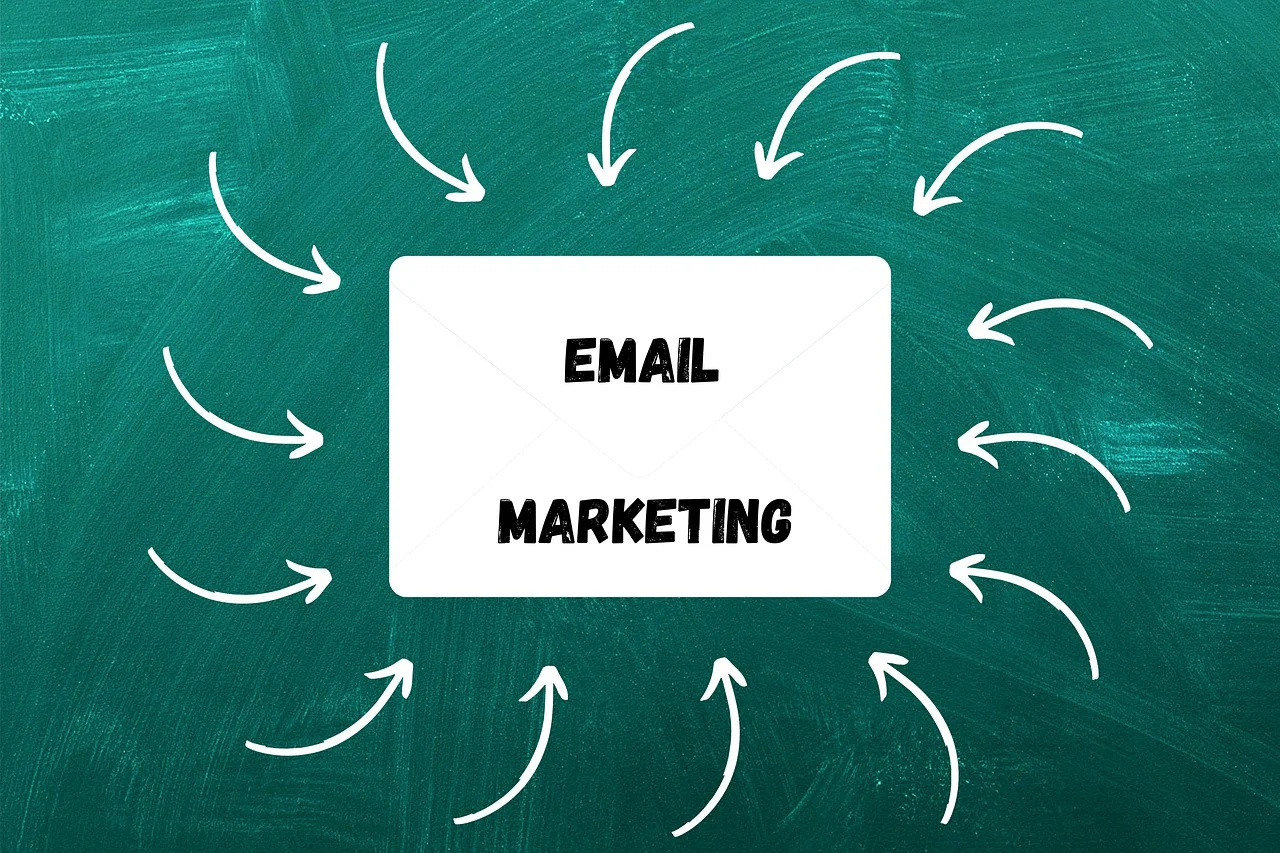
Introduction:
Building an email list is essential for growing your online business, but simply having a list of subscribers is not enough. To truly maximize your email marketing potential, you need to engage with your audience immediately after they subscribe. This is where autoresponders come in.
Autoresponders to engage subscribers are automated emails that are sent to your subscribers in a series. They allow you to connect with your audience consistently, deliver valuable content, and gently guide them towards making a purchase—all while you focus on other areas of your business.
In this blog post, I’ll show you how to create a killer autoresponders to engage subscribers series that not only builds trust with your subscribers but also boosts your sales and helps grow your business. Let’s dive in!
Why Are Autoresponders to Engage Subscribers So Important?
In the world of email marketing, autoresponders play a pivotal role in building and maintaining a connection with your audience. By automating the process of delivering valuable content, autoresponders make it easier to engage subscribers effectively. Here’s why they are essential:
1. Engagement
Autoresponders allow you to provide immediate value to your subscribers. From the moment someone joins your email list, they receive tailored content that keeps them engaged and interested in what you have to offer. This immediate interaction creates a strong first impression, encouraging subscribers to stick around.
2. Automation
One of the biggest advantages of autoresponders is their ability to save time and effort. Once set up, they automatically send pre-written emails to your audience based on specific triggers or schedules. This hands-off approach ensures consistent communication without the need for constant manual intervention.
3. Trust-Building
Consistency is key to building trust with your subscribers. By delivering valuable, relevant content on a regular basis, autoresponders establish you as an authority in your niche. Subscribers begin to see your emails as a reliable source of information, which fosters loyalty and long-term engagement.
4. Sales Conversion
A well-designed autoresponder series can guide your subscribers through the buyer’s journey. By nurturing them with helpful information, educational content, and product recommendations, autoresponders help convert casual subscribers into paying customers.
How to Build Your First Autoresponder Series
Now that you understand the importance of autoresponders, let’s break down the steps to create an engaging series for your email list.
Step 1: Introduce Yourself and Establish Trust
The very first email in your autoresponder series is crucial—it’s your opportunity to make a great first impression.
What to include:
- A personal introduction: Who are you? What does your business stand for?
- Your core values: Share what drives your business, and explain why it matters.
- Credibility and authority: Briefly showcase your experience and why subscribers should trust you.
Example:
Welcome to [Your Brand]! I’m [Your Name], and I’m thrilled to have you join our community of like-minded individuals who want to [solve a problem or achieve a goal]. My mission is to provide you with actionable insights and resources that will help you [specific outcome]. Let’s get started!
Step 2: Provide Educational Value
In your second email, you should focus on providing educational content that addresses the main frustration or problem that led people to join your list.
What to include:
- Offer valuable information that they may not already know.
- Solve a problem or answer a question that they are facing.
- Position yourself as a resource they can trust.
Example:
Did you know that 75% of new email marketers fail because they don’t segment their lists? In this email, I’m going to show you how list segmentation can skyrocket your email engagement rates and sales.
Step 3: Share Resources and Provide Solutions
In your third email, it’s time to give your subscribers more actionable content that can help them solve their problems. This might include your own products, services, or affiliate links.
What to include:
- Share helpful resources like blog posts, eBooks, or video tutorials that offer value.
- Include a soft-sell for your products or affiliate products. Remember, the focus is still on providing value to your audience.
- If using affiliate links, let them know how it can help them while you earn a small commission.
Example:
If you’re struggling with creating an email strategy that converts, check out my exclusive guide on crafting high-converting emails. It’s available for free to our email subscribers!
Step 4: Soft-Sell Your Products or Services
By the fourth email, you should be in a position to pitch your product or service. However, the goal is to still offer value while making the pitch as natural and non-pushy as possible.
What to include:
- Continue providing educational content, but include a link to your product or service at the end.
- A soft-sell means you’re suggesting a solution, but not aggressively pushing it.
- Use the P.S. section to sneak in your product link.
Example:
In this email, I’ve shared some expert tips on creating high-converting landing pages. If you’re ready to take your business to the next level, check out my [Landing Page Course].
Step 5: Continue Nurturing Your List
Once you’ve established trust and provided value through your first four emails, keep nurturing your list with additional educational content.
What to include:
- Share success stories or testimonials to show how others have benefited from your products/services.
- Keep delivering more value through educational content.
- Continue guiding your subscribers through the buyer’s journey (awareness → consideration → decision).
Best Practices for Crafting Effective Autoresponders to Engage Subscribers
Autoresponders are a powerful tool in email marketing, but their effectiveness depends on how well they’re crafted. To maximize engagement and deliver value, follow these best practices:
1. Keep it Conversational
Your autoresponders should feel personal and approachable. Write as if you’re speaking directly to a friend, not just sending a generic email. Use a friendly tone, include relatable examples, and avoid overly formal language to build a genuine connection with your subscribers.
2. Segment Your List
Segmentation is key to creating tailored email experiences. Divide your subscribers into groups based on their actions, interests, or preferences. For example, send different messages to new subscribers, repeat customers, or those who clicked on specific links. This personalization helps you deliver the most relevant content and keeps subscribers engaged.
3. Be Consistent
A consistent email schedule is essential for maintaining your audience’s interest. Avoid overwhelming subscribers with too many emails, but don’t let long gaps occur either, as they may forget about you. Create a balance by spacing out your emails strategically while maintaining regularity.
4. Focus on Value
Every email in your autoresponder series should answer the question: “Am I providing value?” Subscribers join your list expecting helpful content, solutions, or insights. If an email doesn’t serve their needs, rethink your message. Always prioritize sharing actionable tips, resources, or valuable information.
By keeping your autoresponders conversational, personalized, consistent, and value-driven, you can build stronger relationships with your audience, keep them engaged, and establish yourself as a trusted authority in your niche.
FAQ: Autoresponders to Engage Subscribers
Q1: What is an autoresponder?
A1: An autoresponder is an automated email sent to a subscriber after they join your email list. It’s a series of pre-written emails designed to engage, educate, and nurture leads until they’re ready to buy.
Q2: How do autoresponders help with email marketing?
A2: Autoresponders build a relationship with your subscribers by providing value over time. They allow you to automate your communication and focus on other aspects of your business.
Q3: Can I create autoresponders in any ESP?
A3: Yes, most Email Service Providers (ESPs) like Mailchimp, AWeber, and ConvertKit offer autoresponder functionality, though the features may vary.
Q4: How often should I send autoresponder emails?
A4: It depends on your audience and your business, but a good rule of thumb is to space them out over a few days or a week to avoid overwhelming your subscribers.
Q5. Can autoresponders increase sales?
Yes, autoresponders can nurture subscribers by offering value, building trust, and introducing products or services, which can lead to higher conversion rates.
Q6. What types of content should I include in my autoresponders?
Include a mix of welcome messages, educational content, tips, resources, testimonials, and product recommendations tailored to your audience’s needs.
Q7. Are autoresponders suitable for all businesses?
Yes, autoresponders can be customized to fit any business or industry, making them a versatile tool for engaging subscribers and driving results.
Conclusion: Autoresponders to Engage Subscribers
Autoresponders to engage subscribers are an essential tool for building a successful email list and nurturing leads into paying customers. By providing value, education, and resources from the very first email, you’ll establish a strong relationship with your audience and increase the chances of converting them into loyal followers.
Remember, it’s not just about getting people to subscribe to your list—it’s about engaging them and building trust so they feel confident in your products and services. Start building your autoresponders to engage subscribers series today, and watch your business thrive as you create a valuable connection with your audience.































